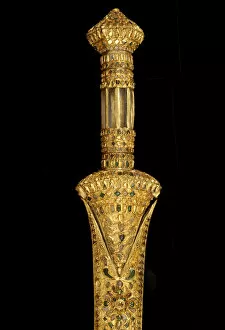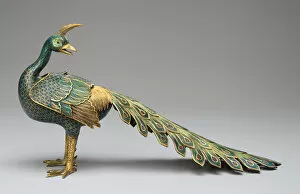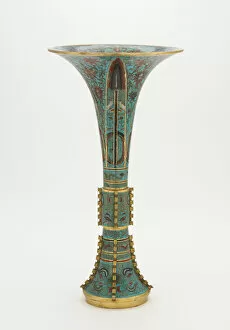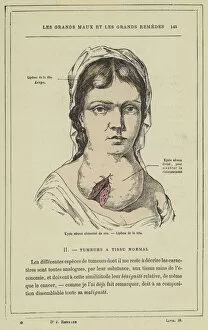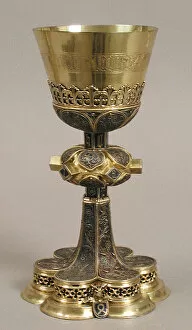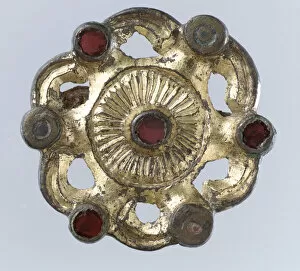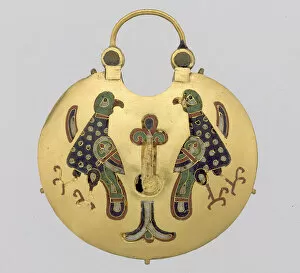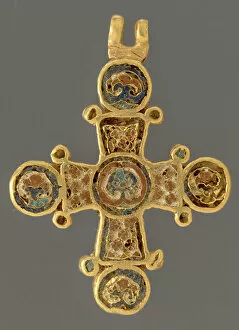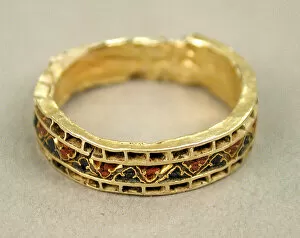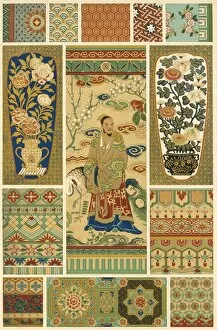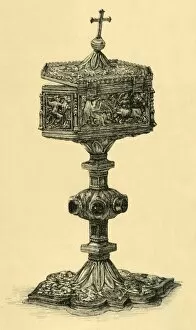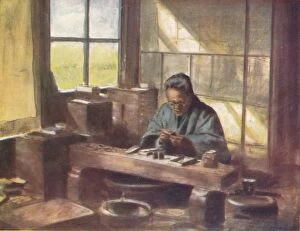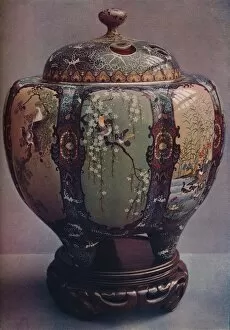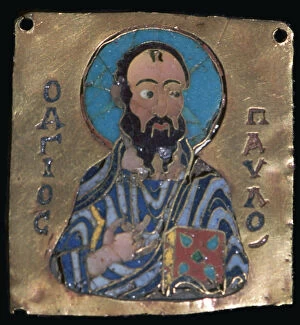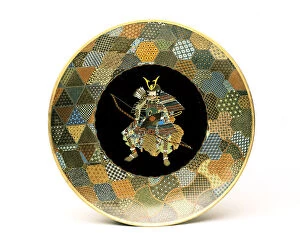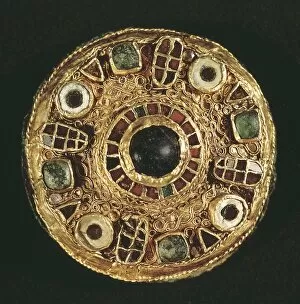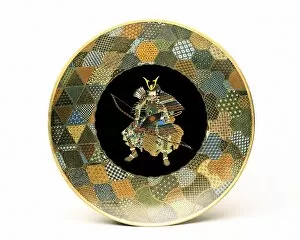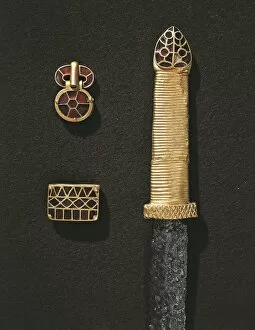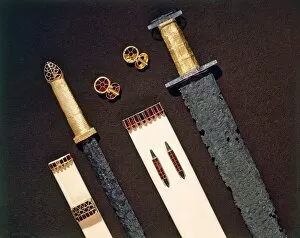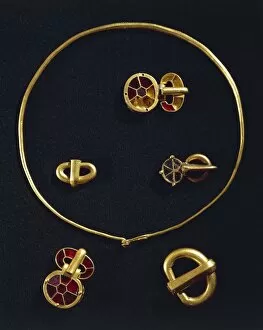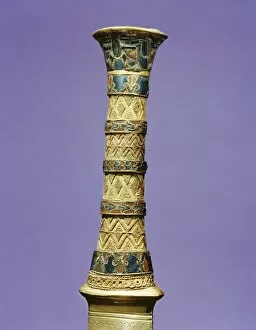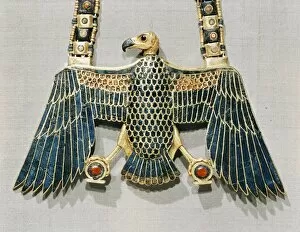Cloisonne Collection (page 2)
Cloisonne, a captivating art form that has mesmerized cultures across time and continents. Delve into the intricate world of cloisonne, where beauty meets craftsmanship
For sale as Licensed Images
Choose your image, Select your licence and Download the media
Cloisonne, a captivating art form that has mesmerized cultures across time and continents. Delve into the intricate world of cloisonne, where beauty meets craftsmanship. Step back in time to ancient Egypt, where a pectoral adorned with a winged scarab takes center stage. Protected by the goddesses Isis and Nephthys, this masterpiece showcases the Egyptians' reverence for symbolism and divine protection. Travel eastward to China during the Ming dynasty's Xuande period. Behold a magnificent cloisonne jar that exudes elegance and sophistication. Its vibrant colors and meticulous detailing reflect the mastery of Chinese artisans who perfected this technique. Gold cloisonne takes us on another journey through history as we encounter a pectoral embellished with semi-precious stones and glass-paste. A winged scarab adorns this piece, reminding us of its significance in ancient Egyptian culture. Intriguingly contrasting our previous pieces is an enchanting scene depicting children with a camel. This charming portrayal captures everyday life while showcasing the versatility as an artistic medium. The Tomb of Tutankhamun reveals yet another treasure – a dagger sheathed in gold intricately inlaid with lapis lazuli. The craftsmanship displayed here demonstrates how they are elevate even functional objects into works of art. Marvel at the attention to detail found on an enamel Magpie vase as you discover its maker's mark discreetly hidden beneath its surface. Such marks provide insight into both historical context and individual artists' contributions to this craft. An Imperial gold cartouche enchants us further, displaying exquisite enameling techniques fit for royalty. Each stroke tells tales from imperial courts gone by, preserving their legacy within these delicate designs. Fast forward to 1910 when Herbert Ponting created a breathtaking Cloisonné Vase for Emperor Puyi himself—a testament to how this art form continued evolving throughout centuries.

